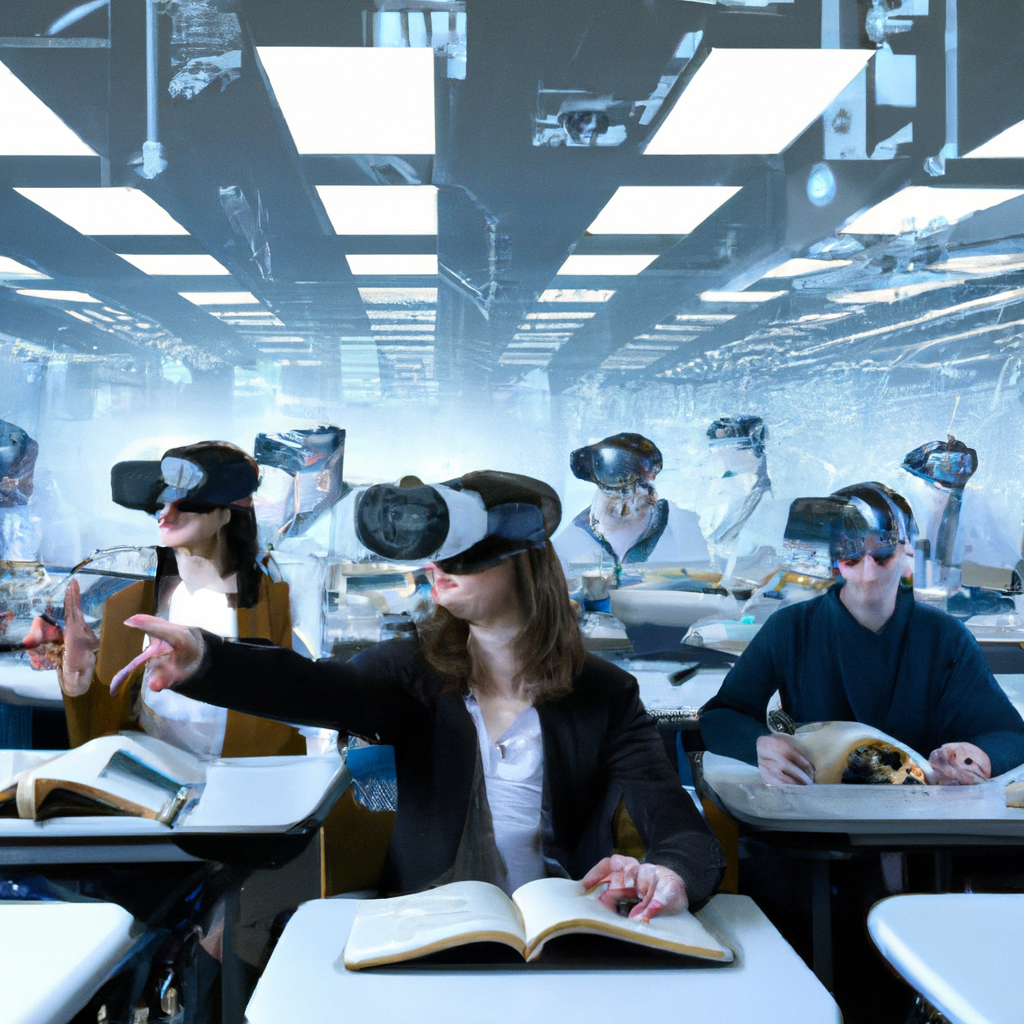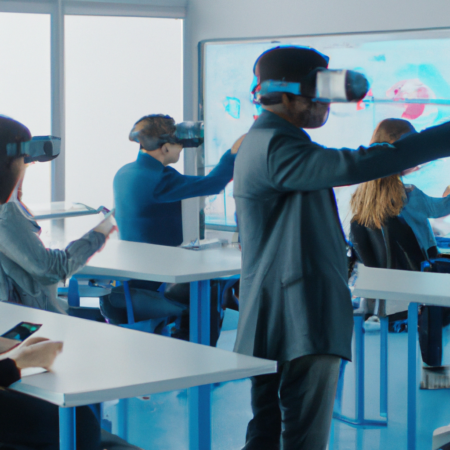The Future of Learning: Transforming Education with AI and Virtual Reality
In the second quarter of 2025, the landscape of education continues to evolve dramatically, influenced significantly by advancements in Artificial Intelligence (AI) and Virtual Reality (VR). These technologies are not just enhancing traditional learning methodologies but are transforming them in ways that were once unimaginable.
The Role of AI in Personalized Learning
AI has revolutionized the way educational content is tailored to meet the individual needs of students. Adaptive learning systems use AI to analyze a student’s performance in real-time, allowing for the curriculum to be adjusted according to their learning pace and style. This personalized approach helps in identifying knowledge gaps and provides targeted interventions, significantly improving learning outcomes.
Virtual Reality: A New Dimension in Education
VR technology has taken experiential learning to a new level. Through immersive VR environments, students can explore historical events, complex scientific processes, and more, in a highly interactive way. This not only makes learning more engaging but also enhances retention rates.
Integrating AI and VR into Curriculums
Schools and universities across the globe are beginning to integrate these technologies into their curriculums. AI tutors and VR lab simulations are becoming commonplace, providing students with access to high-quality, interactive educational experiences, regardless of their geographical location.
The Challenges and Future Prospects
Despite the potential benefits, the integration of AI and VR in education comes with challenges. Issues such as data privacy, high costs of VR equipment, and the need for robust AI systems need to be addressed. However, with continuous technological advancements and increasing accessibility, these challenges are gradually being overcome, paving the way for a more inclusive and effective global education system.
Conclusion
As we move forward, the role of AI and VR in education is set to become more pivotal. These technologies offer promising prospects for democratizing education and making lifelong learning a more enriching and accessible reality for everyone.






